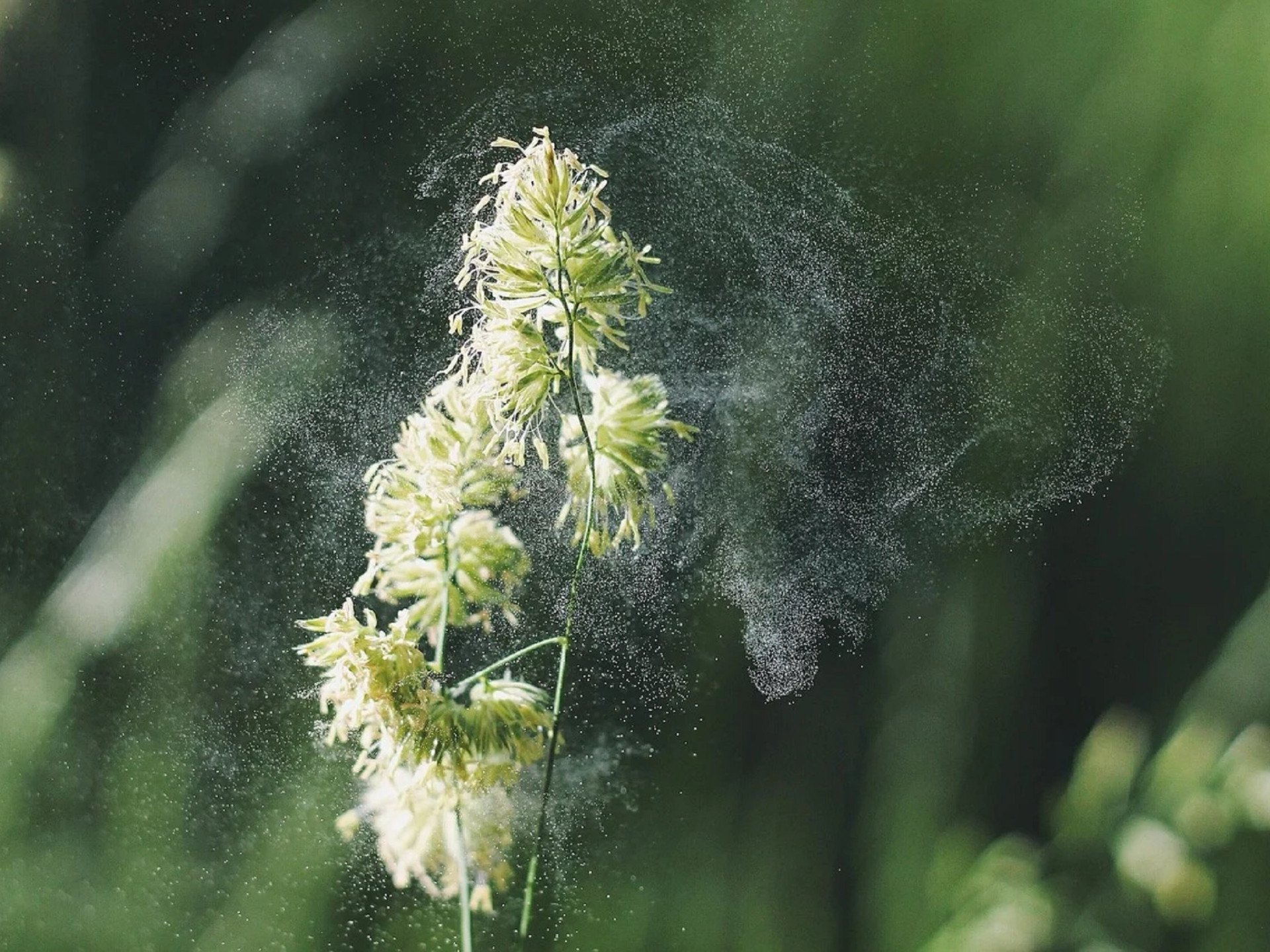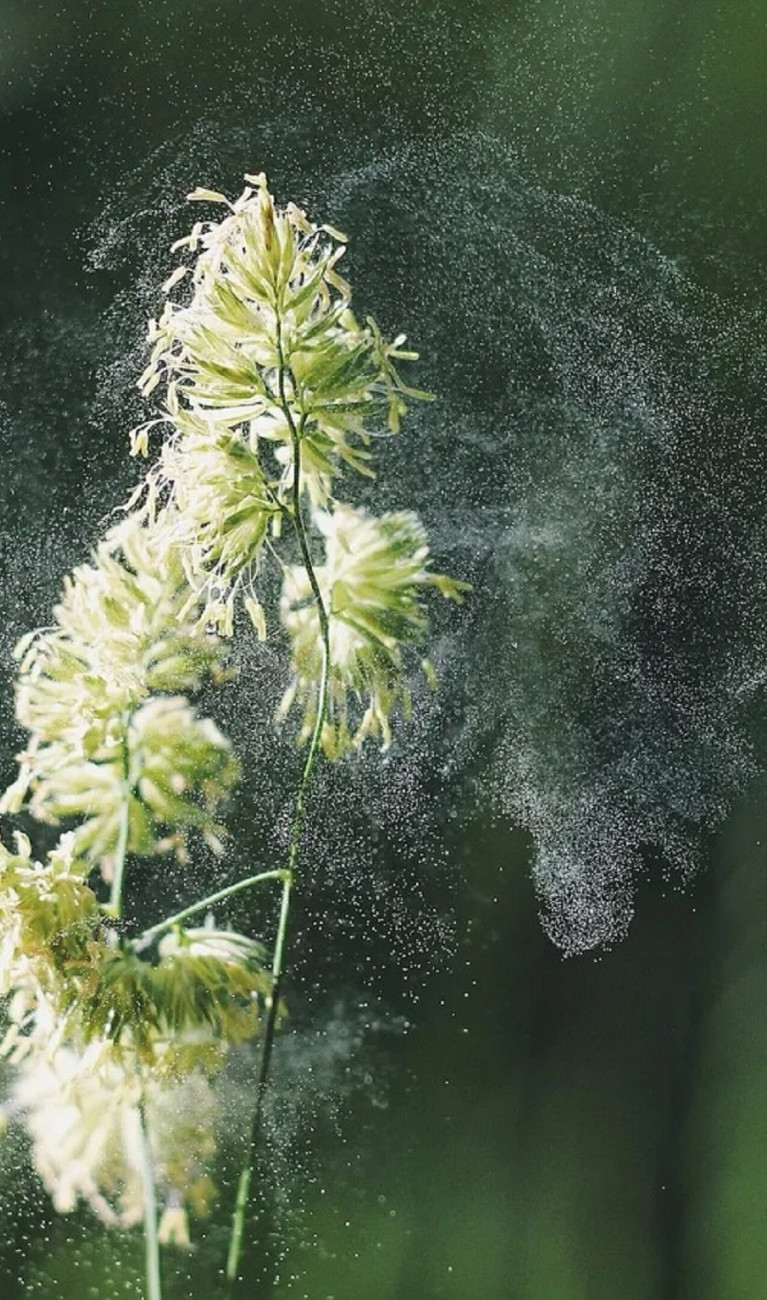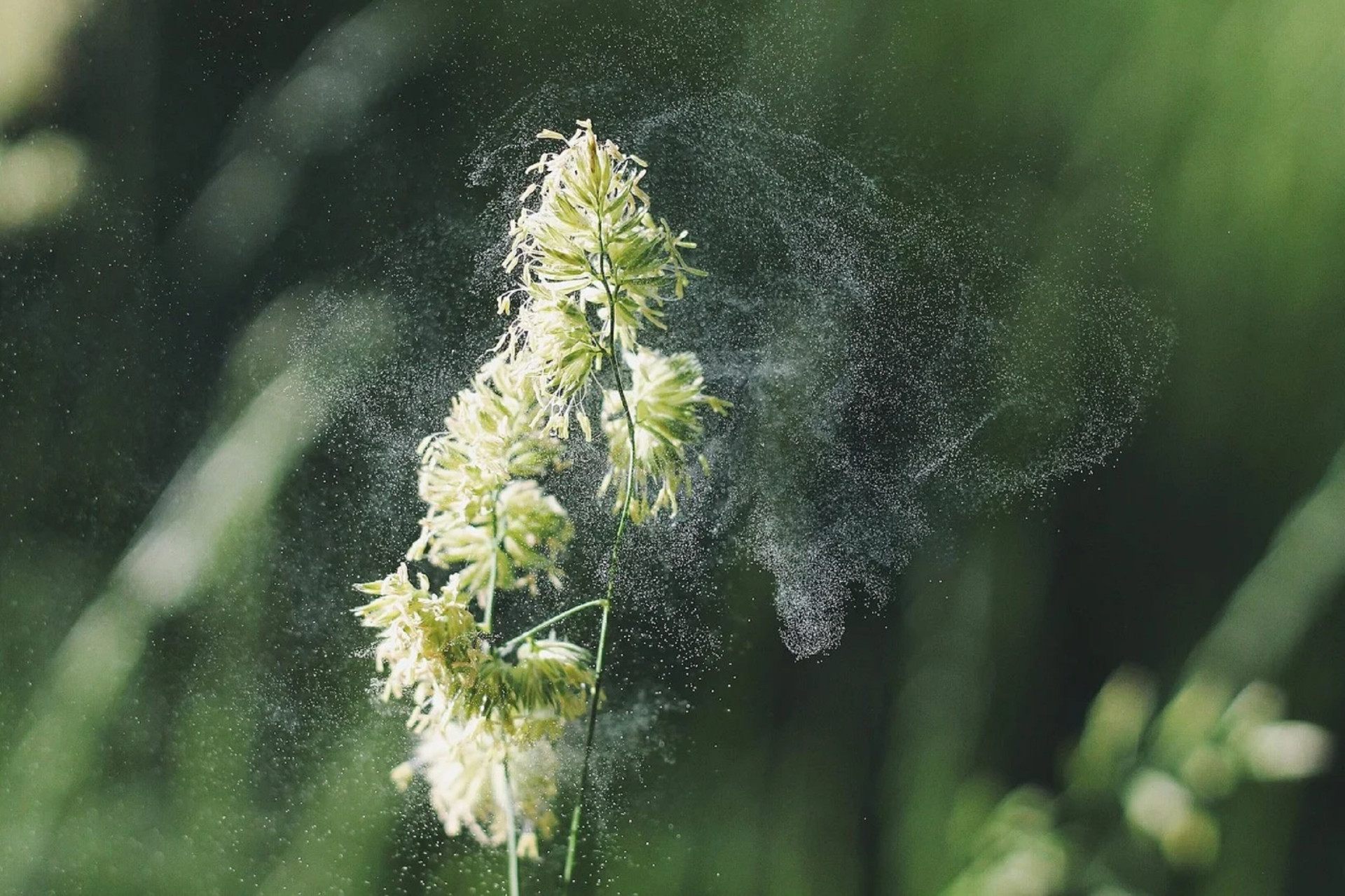Project: Infectious diseases and allergies


Participating Centers: HZI, UFZ, Helmholtz Munich
Contacts: S. Castell, H-H. Thulke, C. Traidl-Hoffmann
Infectious diseases transmitted by ticks, for example, and pollen-related allergies are currently treated in scientific literature as effects of climate change. However, this assumption is based on just a handful of examples to date, making it only partly suitable for making predictions and future prevention strategies. The “Infectious diseases and allergies” project is therefore focused on climate-specific prevention strategies derived from unequivocal environmental data and from system modeling. To this end, project researchers will model future developments of a climate-sensitive infectious disease, specifically tick-borne Lyme disease. They will also create spatiotemporal forecast models regarding pollen and spores, in addition to studying the correlation between thunderstorms and asthma attacks.
For this purpose, we will use input from other Helmholtz Climate Initiative projects: “Drivers” (climate indicators) and “Urban flash floods and sewerage” (thunderstorm projections). We plan to collaborate closely with the Climate Service Center Germany and the German Aerospace Center. The subproject that focuses on Lyme disease will incorporate serological data from the “Impacts on health in NAKO & Rhineland study” project and exposure-risk maps based on abundance models derived from ecological forecasting for various climate scenarios (30, 50, and 80 years). As to allergies, we will perform retrospective analyses (20 years) of pollen data for Europe and spore data for Bavaria (Germany). We plan to look at pollen-season indices (e.g. duration and intensity) for more than 40 locations in Europe. Then we will analyze these data sets with respect to the current annual changes in maximum and minimum temperatures associated with man-made climate change. Our aim is to provide a process-driven understanding of the climate-dependent dynamics of exposure risks to Lyme disease in natural settings.
